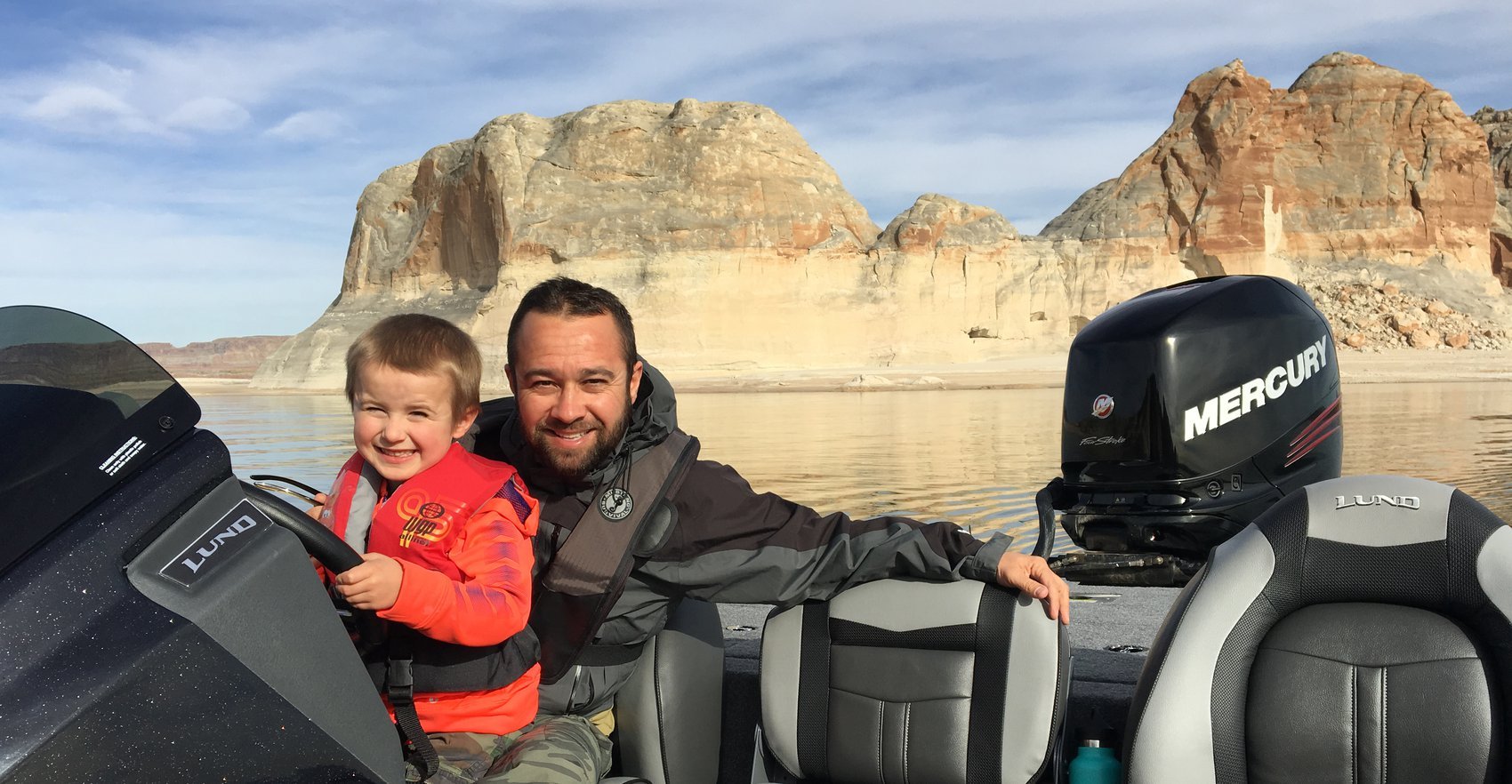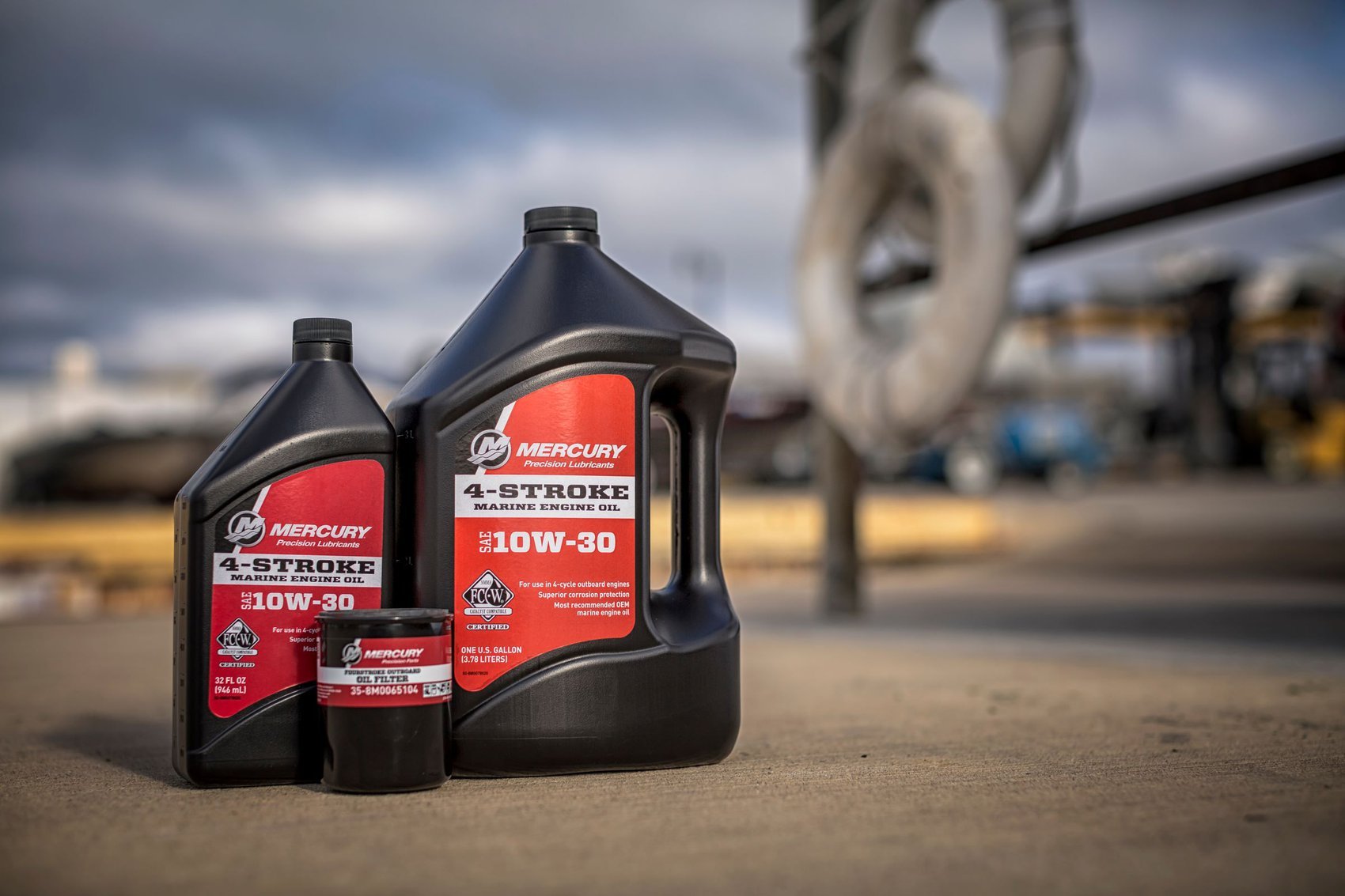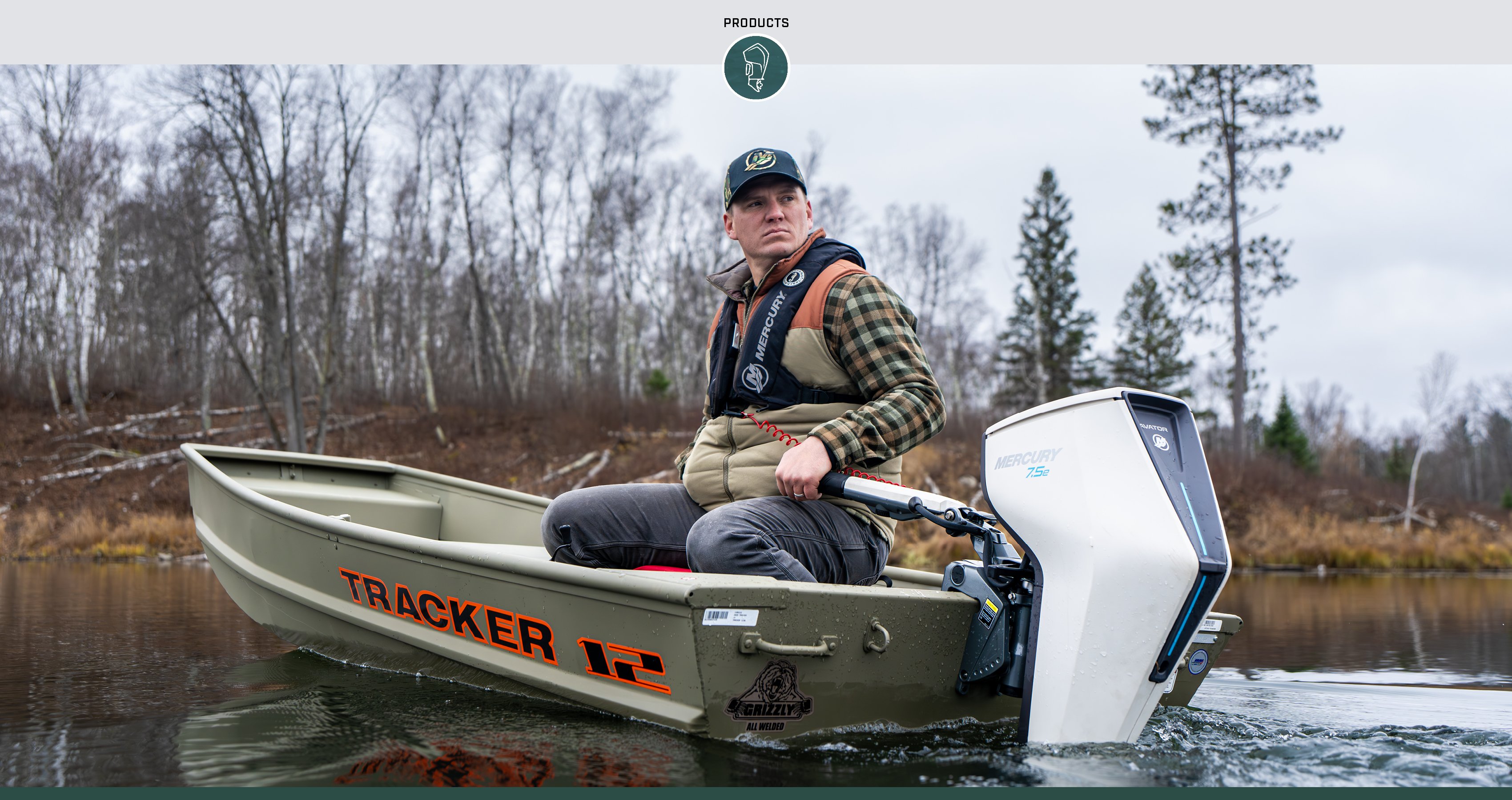A simple fact of deep water fishing for species like grouper, snapper and rockfish is that you are going to hook and bring fish to the surface that you either don’t want or can’t legally keep. If you let your catches go without applying best practices to help fish recover from barotrauma, the fish are likely to float away from the boat and can easily fall prey to birds or sharks.
Check out how Capt. Ali Hussainy does it.
Barotrauma occurs when the gasses in a fish’s body expand due to the pressure differential. The air inside the swim bladder over-expands and prevents the fish from swimming back down to depth when released. Bottom fish or reef fish often experience barotrauma after being reeled up to the surface. Physical signs of barotrauma can include the stomach protruding out of the fish’s mouth, bulging eyes, flared gills and inflated body cavities.
By learning how to properly release bottom fish at depth using descending devices and release rigs, you can help prevent wasting fish from our oceans. Using non-invasive descending devices and deep water release rigs can contribute to healthier fisheries since these tools are designed to help deep water fish recover from the effects of barotrauma.
How Descending Devices Work
Descending devices, such as the SeaQualizer®, are now required aboard all charter boats on the West Coast (always check the state and federal fishing laws in your area). Standard descending devices are generally set to release at 50, 100 or 150 feet; while deep water release devices can be set to release at 100, 200 or 300 feet. You want to be sure to use the proper settings on the device to send the fish back down to a depth that’s similar to the depth at which they were caught.
When using a descending device to release fish and prevent barotrauma, attach the device to a fishing rod or retrieval line. From there, clamp the jaws of the device onto the fish’s mouth and lower the fish back down into the water. The device uses a hydrostatic spring to sense the pressure at the proper release depth based on the setting. When this happens, it pops the jaws of the device open, releasing the fish.
By bringing the fish back down to proper depth prior to release, the naturally occurring pressure will re-compress the swim bladder. This process also eliminates the physical effects of barotrauma (such as bulging eyes and flared gills) that occur at the surface.
Building a Deep Water Release Rig
As an alternative to a descending device, you can build your own deep water release rig using a 3 to 5-pound sinker or lead weight to return the fish back down to the proper depth. A general rule of thumb to overcome buoyancy is to use a 4-pound weight for a 20-pound fish and a 5-pound weight for a 30-pound fish.
Once you have the appropriate weight sinker or lead, attach a snap swivel to the top of the sinker so you can quickly unsnap the rig. Next, tie on about 2 feet of 60 to 80-pound test leader material and attach an offshore J-hook (with the barb filed down and rounded off). Next, attach the sinker to the eye of the hook and rig the hook upside down. Then, tie another 2 feet of the 60 to 80-pound leader material to the bend of the hook and attach a swivel to the top of the line to prevent spinning or twisting.
At this point, clip the swivel onto the electric reel and put the sinker in the water with the hook at the waterline. Insert the hook into the lower jaw of the fish in a soft tissue spot where you won’t cause any damage, and then lower the rig down beneath the surface. The buoyancy of the fish will keep the fish on the hook. Once you get the fish down to the appropriate depth (100 to 200 feet), give the line a yank and the fish will come off of the hook.
Whether you use the SeaQualizer or a deep water release rig, the most important thing is to be ready. You don’t want the fish out of the water any longer than necessary. As soon as you get to your fishing spot, have your release rod ready with either a SeaQualizer or deep water release rig. The minute you get a fish you don’t want, hook them up or clip them on, send them down, bring the rig back up, set the weight back on the deck, and go right back to fishing.
Help to prevent barotrauma in offshore bottom fish and use best release practices to protect your fishery by using these tips. You can also watch how Capt. Ali Hussainy releases deep caught rockfish here.
All trademarks are the property of their respective owners.




